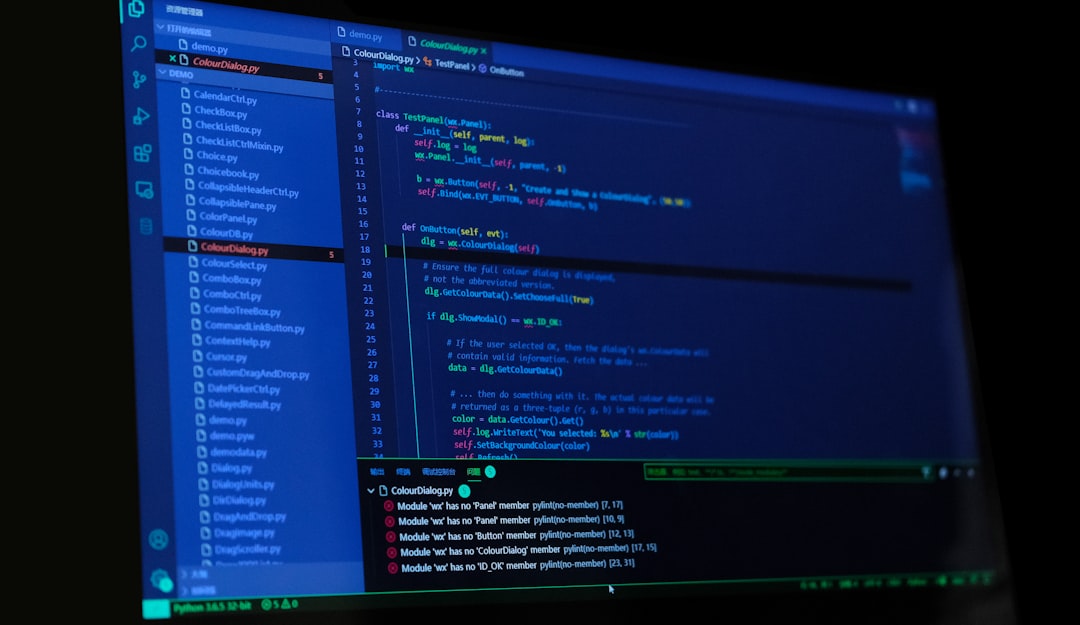As we move into 2025, the landscape of developer marketing continues to evolve rapidly. With developers playing an increasingly influential role in software purchase decisions, companies need to adapt their strategies to meaningfully engage this highly discerning audience. Traditional marketing tactics often fall flat with technical audiences who value authenticity, usefulness, and community-driven content. Therefore, a more nuanced, developer-first marketing approach is necessary to boost engagement and drive adoption.
Contents
Understanding the Developer Persona
Before drafting any marketing strategy, it’s crucial to deeply understand the developer persona. Developers are problem-solvers who value efficiency, transparency, and technical accuracy. They are known for their skepticism toward promotional hype and tend to prefer resources that offer tangible value, such as documentation, tutorials, and open-source tools.
Marketing efforts should align with how developers work, think, and make decisions. They typically prefer to explore products on their terms, using trial versions or sandbox environments before committing to anything further.

Key Developer Marketing Strategies to Watch in 2025
- 1. Invest in Technical Content
Developers engage with content that solves real problems. Publishing high-quality technical blogs, API tutorials, SDK demos, and walkthroughs not only builds trust but also improves SEO visibility for niche topics. - 2. Enhance Developer Experience (DX)
Everything from onboarding and documentation to SDK usability and CLI tools contributes to DX. A seamless and enjoyable developer experience encourages product adoption and long-term use. Make your APIs easy to test, your docs easy to read, and offer real-time support through channels like Slack or Discord. - 3. Nurture Community Engagement
Developers gravitate toward communities that share their challenges and solutions. Invest in forums, GitHub projects, Discord servers, and community calls. Allow developers to contribute and feel part of your product ecosystem. - 4. Utilize Developer Advocates and Evangelists
These technically skilled marketers serve as the bridge between the community and the company. Through speaking at conferences, writing sample apps, and aiding developers in forums, they play a key role in growing trust organically. - 5. Data-Driven Personalization
With improvements in AI and data analytics, 2025 will see a continued focus on personalizing content and resources. Offer tailored documentation, tutorials, and notifications based on the developer’s industry, preferred languages, and project size.
The Role of Developer Tools and Integrations
Providing robust developer tools is a massive engagement lever in 2025. This includes SDKs in multiple languages, thorough CLI utilities, Visual Studio Code extensions, and integrations with platforms like GitHub Actions, Docker, and CI/CD tools. These resources should be open-source whenever possible to drive credibility and transparency.
Additionally, providing a developer portal where users can access everything from sandbox data to error logs can enhance self-service capabilities, reducing friction and improving satisfaction.

Leverage AI to Scale Interactions
Artificial Intelligence is rapidly transforming developer marketing. Companies are increasingly deploying AI to offer natural language support bots, adaptive documentation, and code completion assistants. These not only streamline support but also drive retention by improving the overall experience.
AI is also useful in analytics. By understanding developer behavior across your platform—from documentation usage to feature uptake—you can fine-tune marketing efforts to align with what’s resonating:
- Which docs are most frequently visited?
- Where are users dropping off during onboarding?
- What combination of tutorials results in successful integrations?
Participation in Events and Hackathons
Although digital-first approaches dominate, in-person and virtual events remain powerful. Participating in hackathons, sponsoring developer meetups, or hosting workshops can significantly boost awareness. Developers value learning environments where they can test tools and connect with others.
In 2025, hybrid formats will continue to thrive, so ensure your presence is both physical and digital. Offering hands-on labs, virtual office hours, and branded coding challenges are great ways to make your product memorable in the minds of developers.
Conclusion: Build Trust, Then Engagement
Developer marketing in 2025 is all about earning trust before engagement. The most successful brands are the ones that provide meaningful resources, foster community, and build tools that developers love. By focusing on authenticity, accessibility, and continuous improvement to the developer experience, companies can create a strong foundation for growth and advocacy long into the future.
If you’re planning your strategy for 2025, remember: your product isn’t just sold to developers—it needs to be adopted and loved by them.




